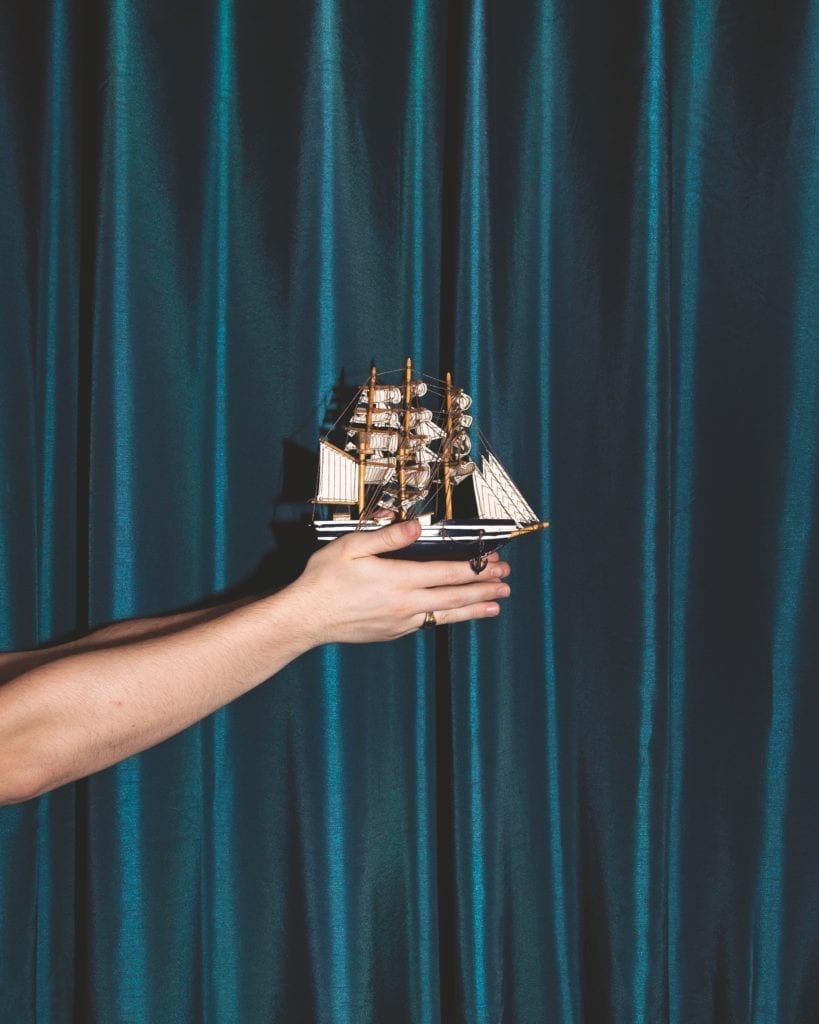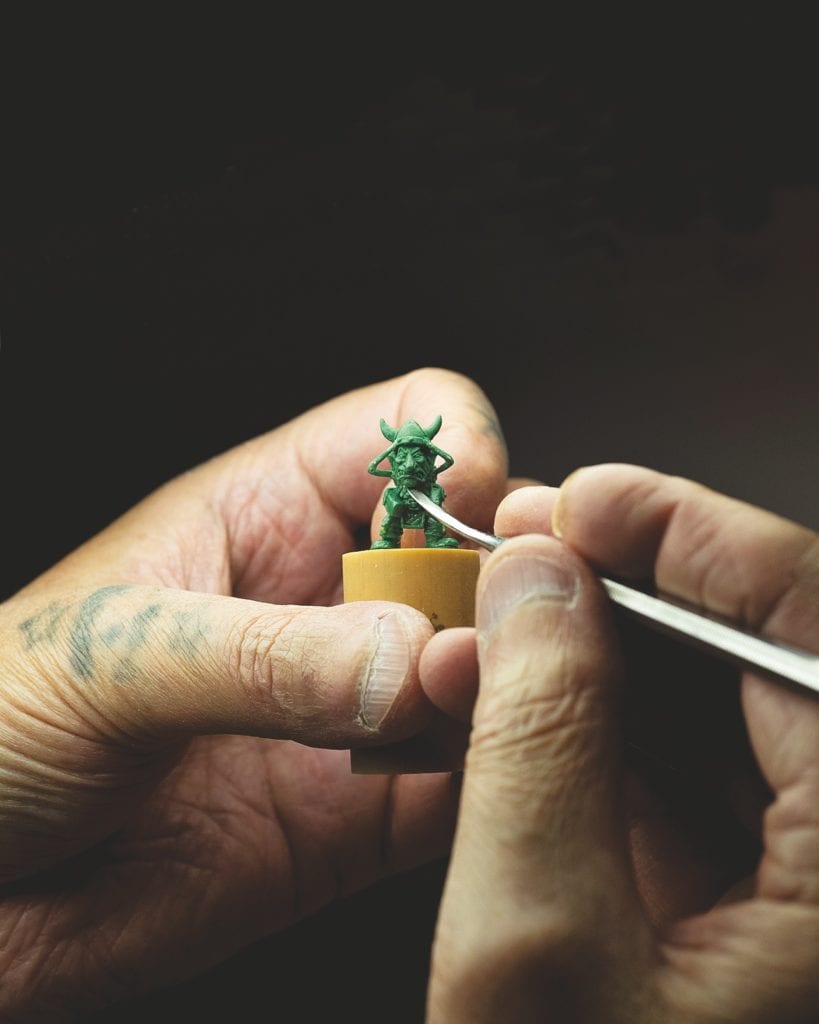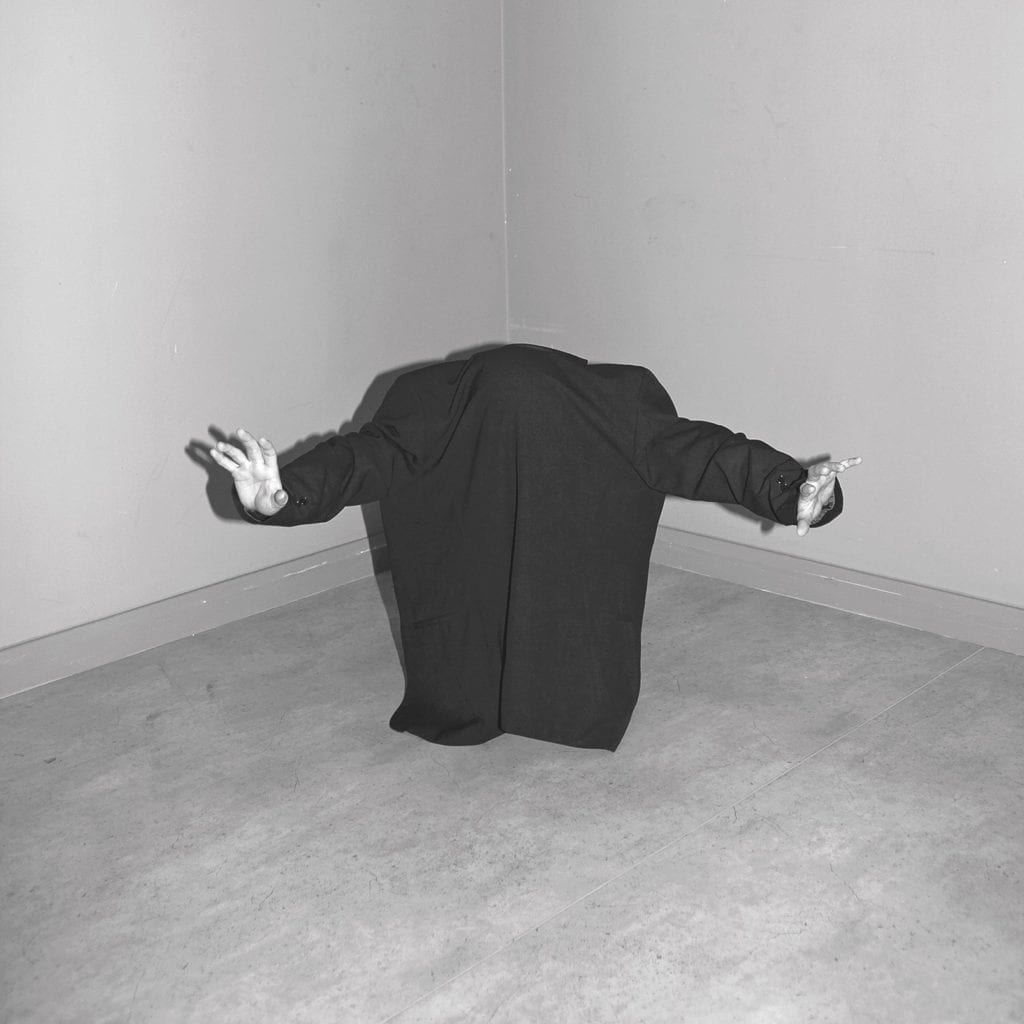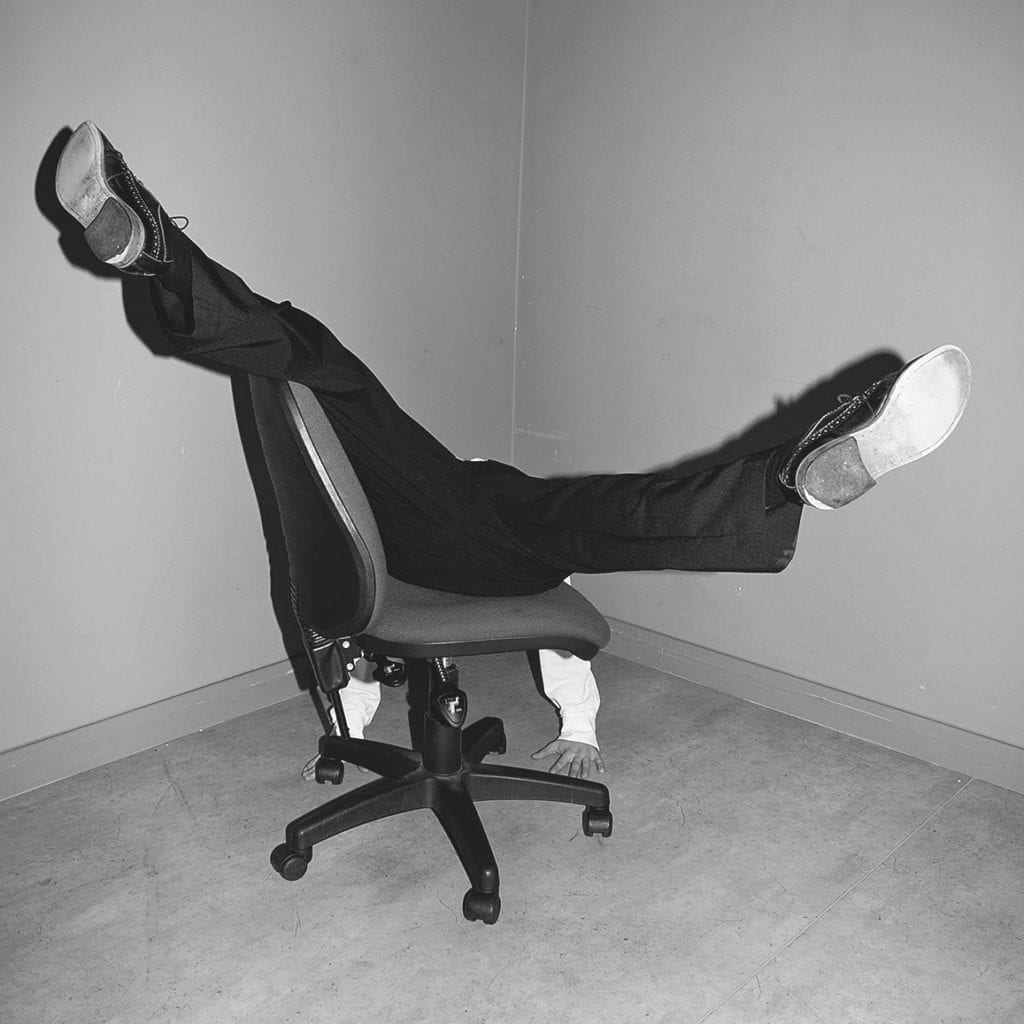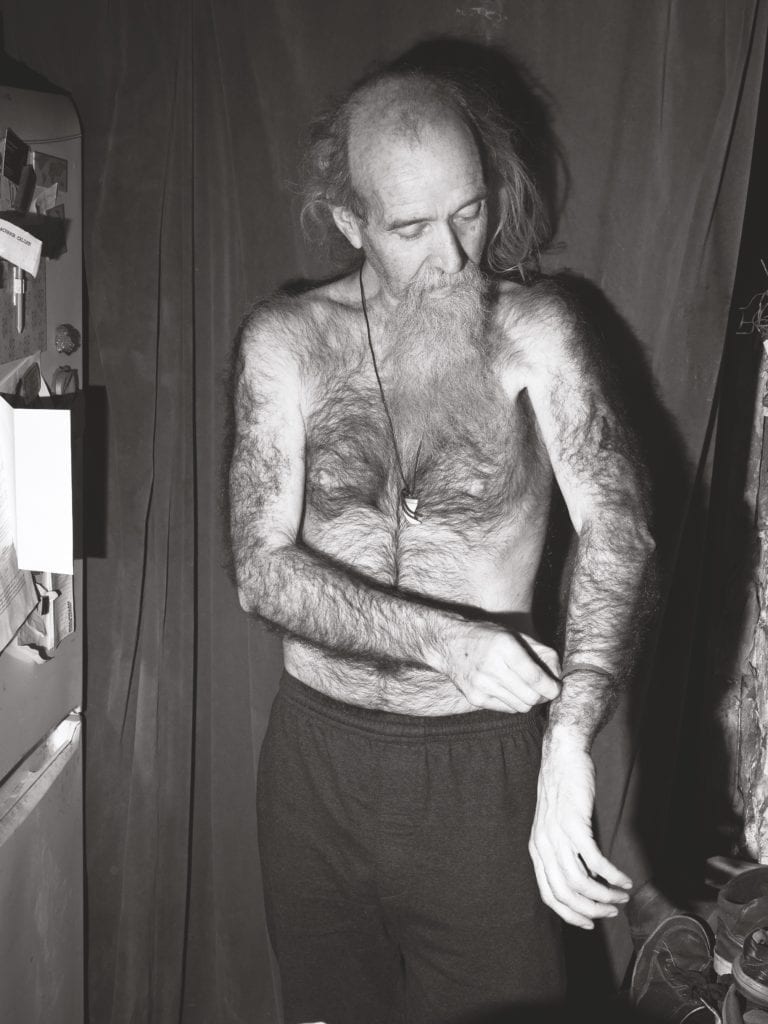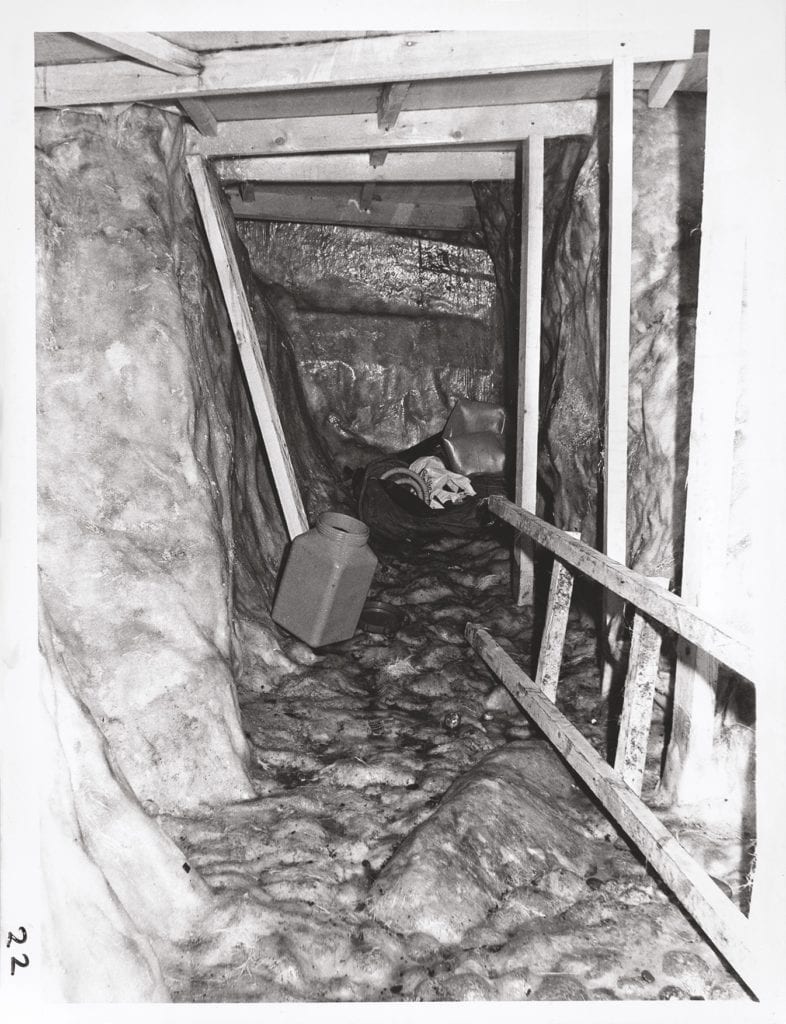This article is adapted from a series of features originally published in issue #7887of British Journal of Photography magazine. Visit the BJP Shop to purchase the magazine here.
British Journal of Photography is dedicated to seeking out new talent. Each year the print magazine platforms emerging photographers graduating from colleges and universities across the UK.
Below, BJP-online presents the first round of UK graduates featured in our September issue. Look out for the rest of the graduates we are plugging this year to be published on BJP-online over the coming months.
–
Maria Ansell
Manchester School of Art
“There’s a definite stigma there,” says Maria Ansell of wargaming. “It’s the trope of the nerdy kid … It seemed like people within the community were pigeonholed before they’d even had a chance.” Ansell has first-hand insight into the military simulation community. Her father started making toy soldiers out of putty at the age of 16, and her family has had a hand in the production side of the wargaming industry, manufacturing white metal for miniature figurines. Ansell’s project, Metal Men, is an exploration of this unusual pastime.
IN the beginning, Ansell was specifically looking to confront the stigmas associated with the hobby. However, as she interviewed her subjects, the photographer was surprised to discover that none of them had suffered as a result of the supposed stereotypes she intended to challenge. “If there ever had been a negative experience, they quickly got past it, and they didn’t let it get to them or surpass the joy the hobby had brought them,” she says.
Drawing inspiration from David Levinthal’s Hitler Moves East, in which figurines depict scenes in sepia tableaux against a backdrop of the Second World War, Ansell alternates portraits of wargamers with miniature dioramas, in which the models are the protagonists. However, where in Levinthal’s images perspective makes the miniatures appear life-size and lifelike, in Ansell’s photographs, the huge hand of a hobbyist is often included in the frame. Rather than revealing the figurines to be small or false, this inclusion suggests the presence of a kind of god or benefactor guiding the characters. This decision reflects the photographer’s wider approach to the project: one which dignifies both toys and enthusiasts. The pastime is never trivialised but celebrated with care and respect.
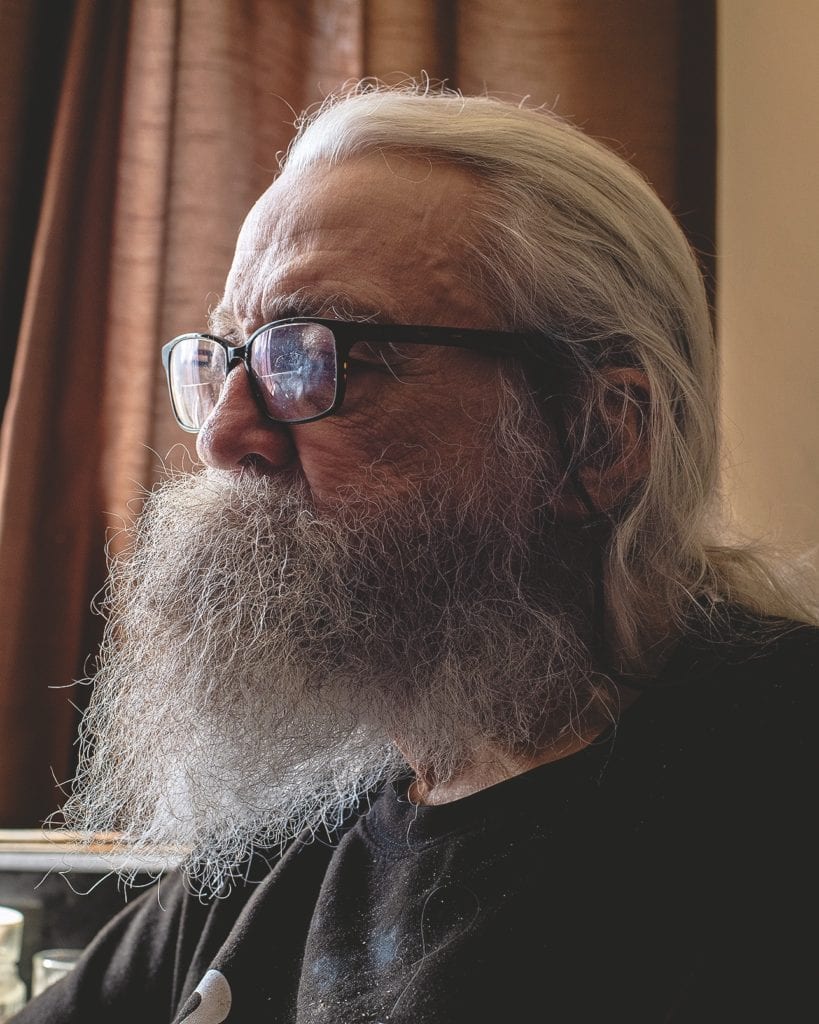
–
Alex Colley
University of South Wales
It was his own family history that inspired Alex Colley, 21, to create his project, War_Office. “Both of my parents have been civil servants within the Ministry of Defence since the mid-1980s, and my early childhood was spent living on a Nato military base in Germany’s North-Rhine Westphalia,” he says.
Later relocating to Dorset, Colley would delve into a huge box containing thousands of family photographs, negatives, slides, prints, and letters, including a series of pictures taken by his father of his “eerie” office in the 1980s, alongside a handful of mechanical illustrations and archival images of pilots from his parents’ corporate yearbooks. At the same time, Colley was reading philosophical texts about capitalism and war, including Guy Debord’s The Society of the Spectacle which, he says, reminded him of how his mother spoke about her role at the ministry.
“She said that it could sometimes feel like she was completely detached from the outcome of what they were working on, and Debord wrote about this idea of a person struggling to understand their function.” These office spaces, like theatre sets of productivity in which such anxieties play out, became interesting to Colley, and he set about restaging them.
“All of the images were taken in the corner of a studio at university, using a camera on a 10-second timer,” he explains. “I’d press the shutter and run to get into position. Each time I’d push myself to go further, making my poses more humorous, disturbing or surreal.” Colley imagined himself as “an employee that had gone insane in their office cubicle”, using wires to appear as a sort of puppet controlled by a puppet master, and stomping around wearing keyboards as shoes.
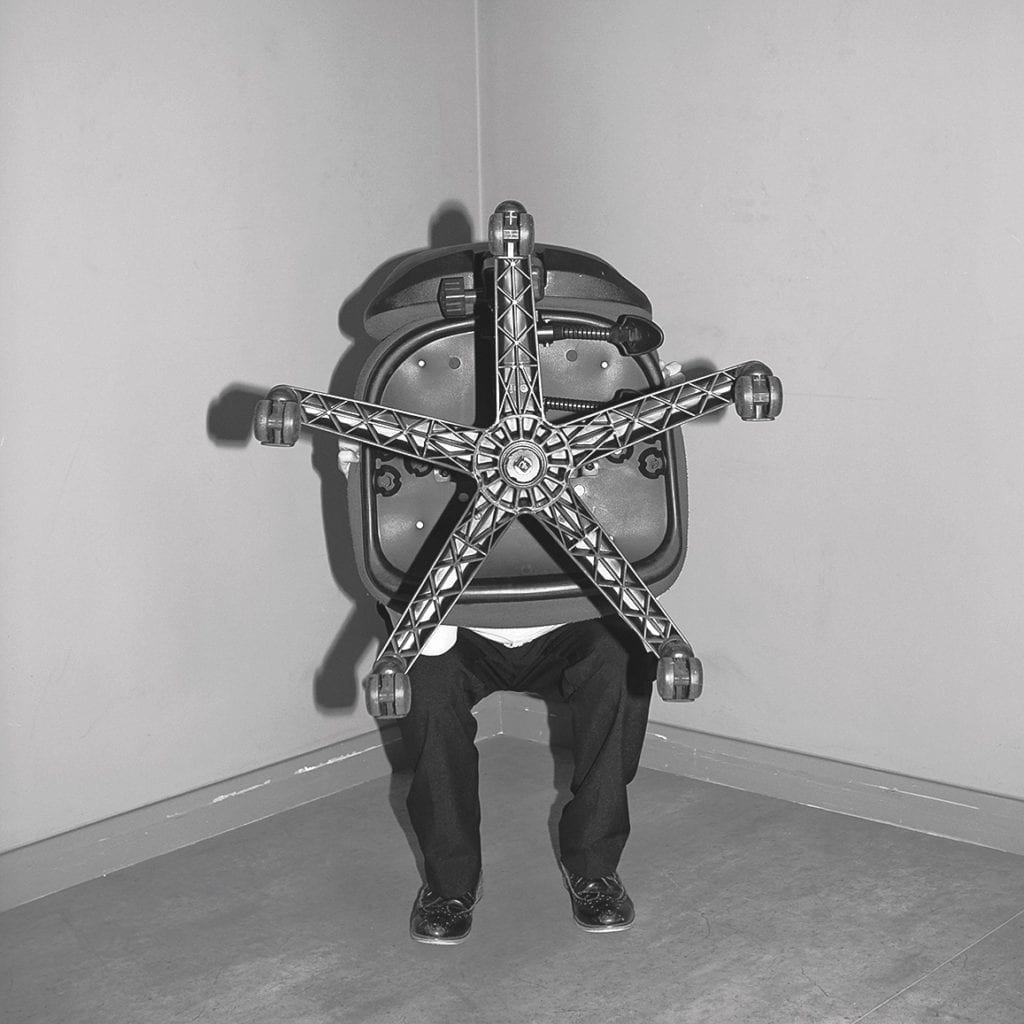
–
Alice Dempsey
Bath Spa University
When Alice Dempsey’s cousin announced that she was expecting a baby boy, her whole family was surprised. Growing up in rural North Yorkshire, Dempsey’s relatives had been comprised almost entirely of women, and this would be the first male born into her family in four generations. While the new arrival brought excitement, it also inspired the women to reflect on the absence of many patriarchal figures in their family. It was a process that Dempsey felt compelled to document, and in the year that followed, she set about photographing moments with the group as they gathered to tell stories together. The title of the resulting project, Goodnight God Bless, are words her grandfather would say to her as a child.
Her series centres around two main subjects – Dempsey’s cousin, Jessica, and her grandmother, Anita. “From a young age, Jessica lost many of the men in her life, including her father, stepfather, uncle and both grandfathers, so the idea of having a son felt quite alien to her at first,” she explains. “My grandma, meanwhile, is the matriarchal figure of the family, and she lost my grandpa seven years ago.”
Christianity was always a part of Dempsey’s upbringing, and she notes how these losses enveloped her family deeper into the comfort of religion. We see the gentle presence of that faith – how it permeates the fabric of their everyday lives – in her photographs. In one, a modest wooden cross hangs above the sofa while Jessica uses a breast pump; in another, a Bible rests on her grandmother’s knee as she talks. It is in these simple and symbolic ways, she says, that the project “became a chance to explore how the big themes of religion, motherhood, grief, family and gender entwine in the narrative of our family”.
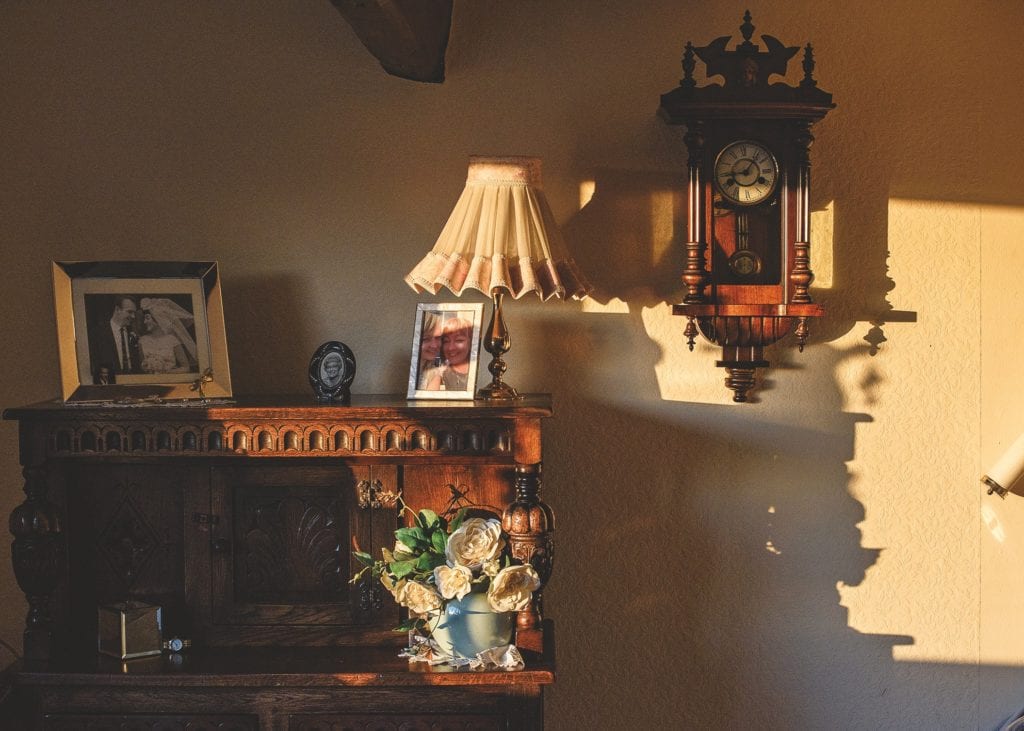
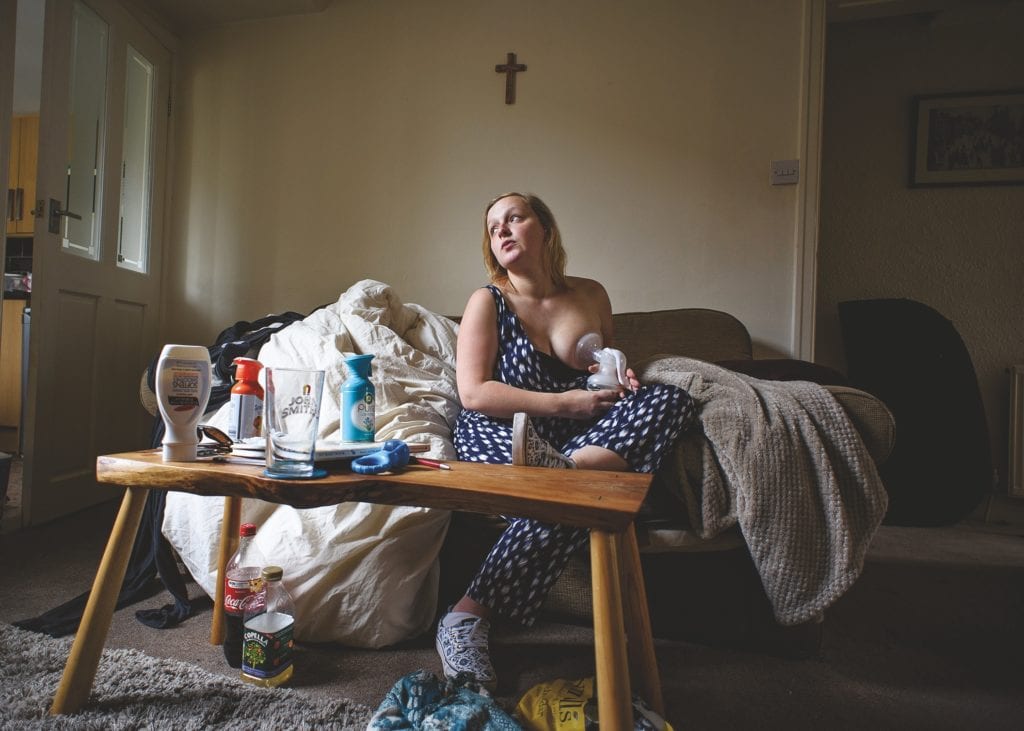
–
Liam Webb
University of South Wales
Liam Webb’s hometown, Newcastle Emlyn, West Wales, is “a place steeped in local legend and history”, and growing up there, tales such as these were his escape from reality. His project, Mother, Mother retraces the case of the 1983 Dyfed-Powys Police Operation codenamed Seal Bay, which uncovered one of the largest drug-smuggling conspiracies ever seen in Britain.
The smugglers built a fibreglass cavern under a beach cove in North Pembrokeshire and used old smuggling routes to bring tonnes of cannabis into the UK each week. “All of the fragments of the story are amazing,” Webb says. “The head of the ring was a Danish film star called Soeren Berg-Arnback, and ultimately it was the nosiness of the locals that led to the arrests.”
As Webb came of age, he would hear the locals regaling the tale in pubs, at times embellishing the story through word-of-mouth, and he decided that all of this collective oral history needed to be visualised. By piecing together archival police images with his own staged photographs, he invites us to go on the same journey of discovery. “In a way, I’m giving the viewer the visual clues to become the detective and decipher the story for themselves.”
Webb is now turning his attention to the history of the UK’s largest LSD ring. “I made contacts through the last project that led me here,” he says. “As it turns out, Wales has a lot of hidden secrets – you’ve just got to dig to find them.”
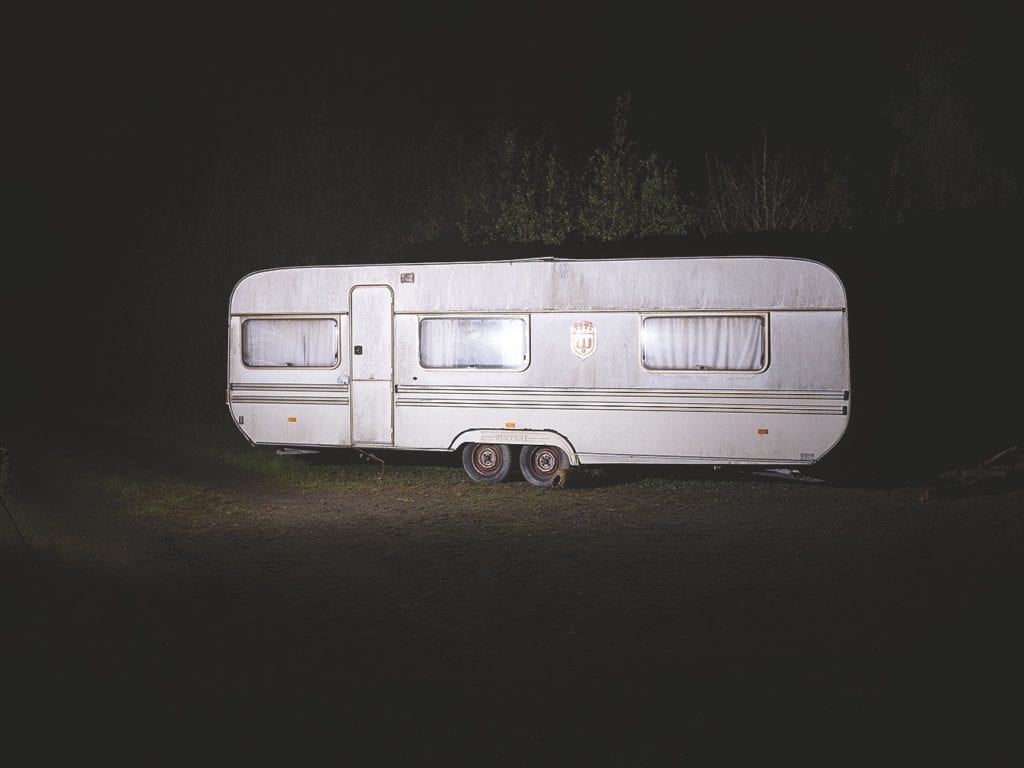
–
This article is adapted from a series published in issue #7887 of British Journal of Photography magazine. Visit the BJP Shop to purchase the magazine here.

